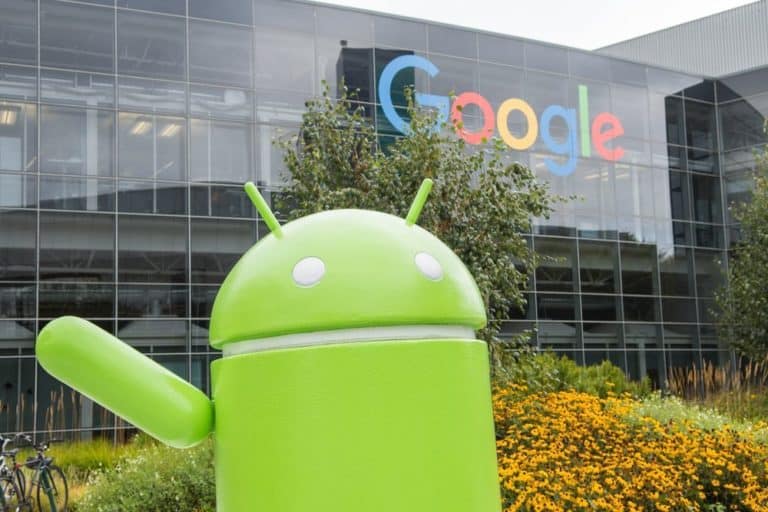Google has released the first beta version of Android Q for developers. The software is currently only available for all generations of Pixel smartphones. At the moment, the innovations are mostly under the hood, but we are already getting a first look at the direction Google wants to go with Android Q.
This gives you more control over app location access, thanks to a new privacy setting. You can define per app to restrict location access only when the application is in use. This provides a more sophisticated control than the current system, where you can only permanently turn location access on or off. Access to photos, videos, audio and other downloaded files on a device is also subject to new restrictions.
In the same line, Google also blocks access to non-editable identifiers, such as the IMEI number or MAC address. Advertisers dare to use this to identify you or your device. This is no longer possible in Android Q, so you can better protect yourself against such tracking.
The Android Runtime (ART) can compile parts of an app from Android Q in advance, so that the application starts up faster. According to Google, this means that YouTube and Keep open 21 percent faster than on the current Android Pie. Now that 3D Face Lock is also available on Android devices, it is added in Android Q as a system-level security method, allowing you to use secure apps such as payment applications.
Enhanced interface
Earlier we wrote that Google adds a system-wide dark mode in Android Q. This is still hidden for the time being, but XDA Developers has a step-by-step plan to activate the feature.
In addition, Android Q also offers better support for foldable smartphones, as Google announced in November last year. The native support means that developers can have their applications modified in a standardized way when you fold the phone. These include scaling apps in split-screen mode and pausing apps in the background (when you close the screen). Early this year we saw the first foldable smartphones, including the introduction of the Samsung Galaxy Fold and Huawei Mate X.
Also the partition is improved. This often takes a long time to fully load. Developers can use Android Q to indicate in advance how their applications deal with sharing. Instead of having to rebuild the display with all available options, it can be loaded immediately, which makes the user experience a lot better.
The user experience is also improved for applications that use the bluetooth, WiFi or NFC settings. Think of an app to set up a bluetooth speaker or to incorporate a smart socket into the Wi-Fi network. At this moment you have to leave the app during the configuration process to connect to bluetooth or wifi. From Android Q this can be done via a pop-up screen that appears on the application.
Dynamic Depth
A last interesting novelty for developers, is the addition of Dynamic Depth. This is a standardized way to store photos with depth information, so external apps can get started adding specialized blur and bokeh, provided the smartphone supports it. Google also supports the AV1 video codec from Android Q, which improves the quality of video streaming at a lower bandwidth.
This first version of Android Q is far from final. In the coming weeks and months we expect to have several iterations of the preview, ahead of a public launch in the autumn. Also, the dessert name that will be assigned to the update is not yet known. Google usually holds that surprise for its developer conference I/O in May.
This news article was automatically translated from Dutch to give Techzine.eu a head start. All news articles after September 1, 2019 are written in native English and NOT translated. All our background stories are written in native English as well. For more information read our launch article.